October 3 is National Techies Day…and here at NASA we have quite a few people who get REALLY excited about technology. Without techies and the technology they develop, we wouldn’t be able to do the amazing things we do at NASA, or on Earth and in space.
Our Techies
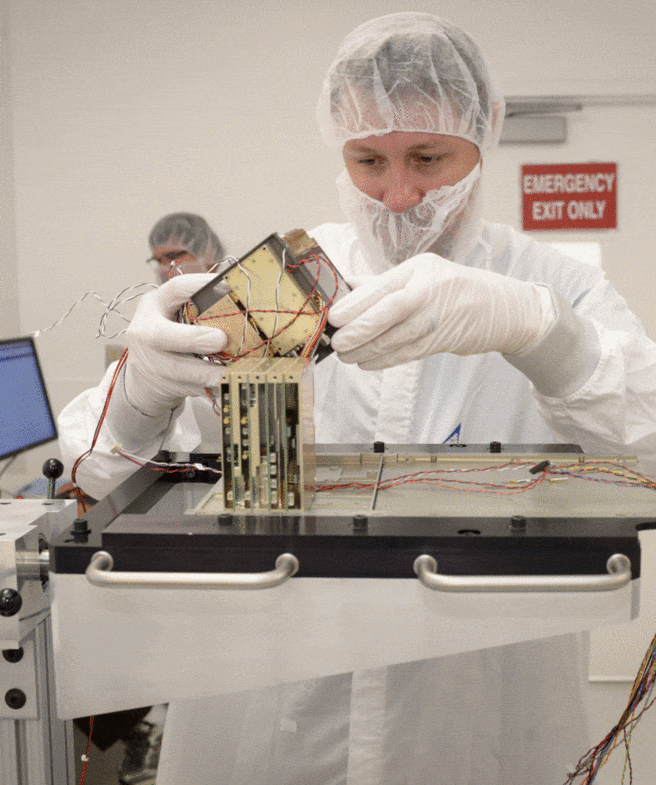
We love our techies! The passionate engineers, researchers and scientists who work on our technology efforts enable us to make a difference in the world around us. They are responsible for developing the pioneering, new technologies and capabilities needed to achieve our current and future missions.
Research and technology development take place within our centers, in academia and industry, and leverage partnerships with other government agencies and international partners. We work to engage and inspire thousands of technologists and innovators creating a community of our best and brightest working on the nation’s toughest challenges.
Technology Drives Exploration
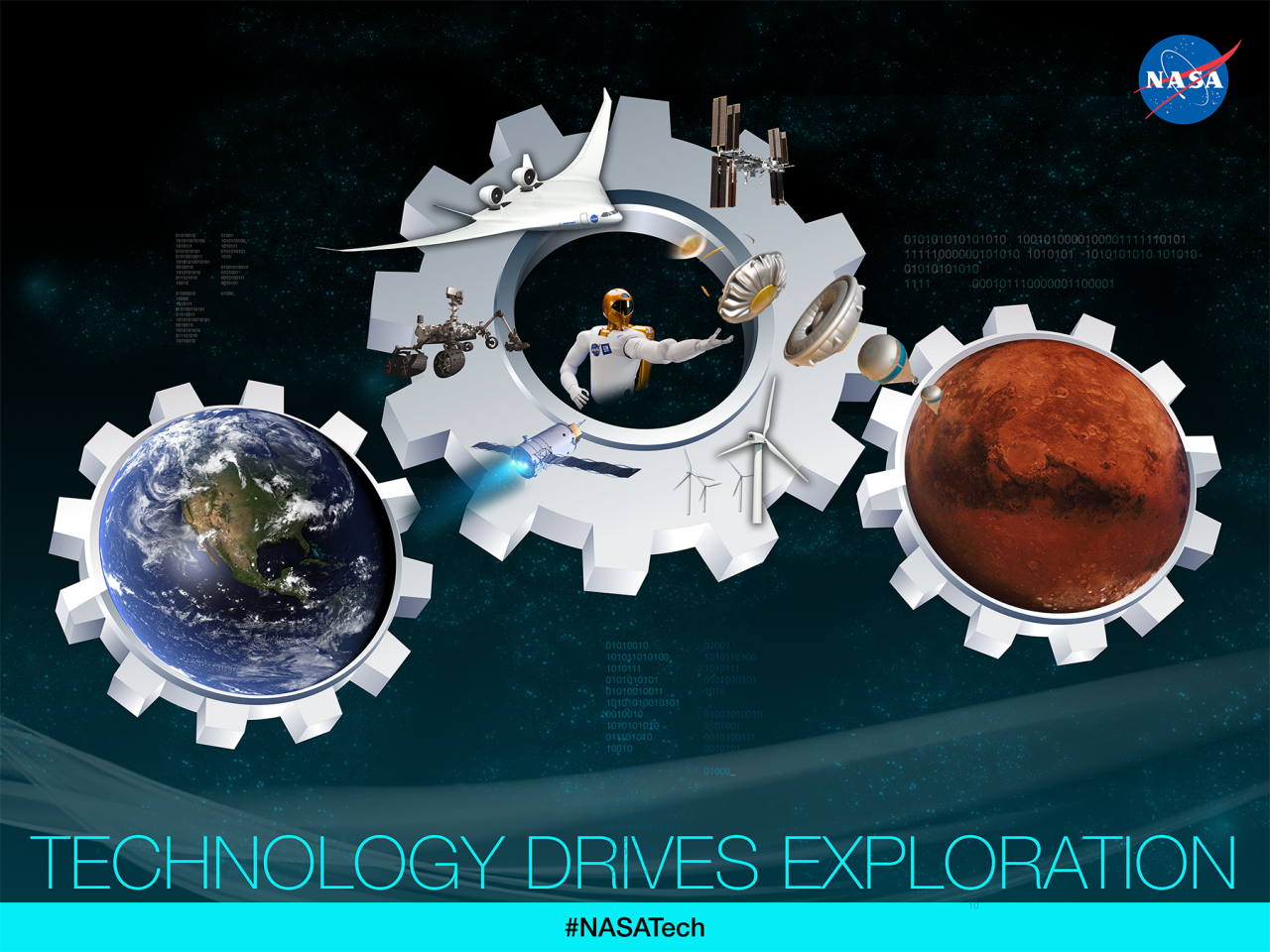
Our investments in technology development enable and advance space exploration. We are continually seeking to improve our ability to access and travel through space, land more mass in more locations, enable humans to live and explore in space and accelerate the pace of discovery.
Techie Technology
Advanced Manufacturing Technologies
When traveling to other planetary bodies, each and every pound of cargo matters. If we can reduce the weight by building tools once we arrive, that’s less weight we need to launch from Earth and carry through space.

Additive manufacturing is a way of printing three-dimensional (3-D) components from a digital model. If you think of a common office printer, it uses a 2-D file to print images and text on a sheet of paper. A 3-D printer uses a 3D file to deposit thin layers of material on top of each other, creating a 3-D product.
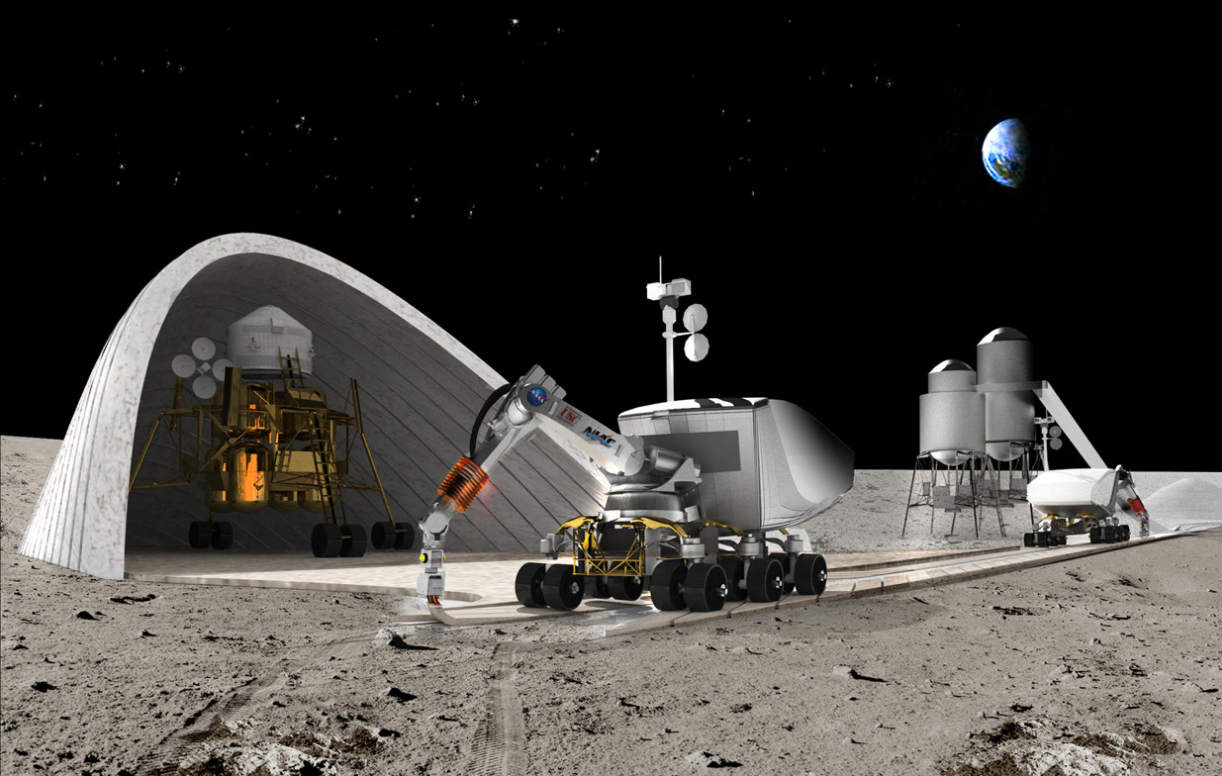
Thanks to techies, we’re already using this technology on the International Space Station to print wrenches and other tools. Our Additive Construction for Mobile Emplacement (ACME) project is investigating ways to build structures on planetary surfaces using resources available at a given site.

Discover more about how our techies are working with advanced manufacturing HERE.
Technology Demonstrations
Our techies are always innovating and developing new cutting-edge ideas. We test these ideas in extreme environments both here on Earth and in space.
Science missions in space require spacecraft propulsion systems that are high-performance, lightweight, compact and have a short development time. The Deep Space Engine project is looking to meet those needs. Our techies are currently testing a 100lbf (pound-force) thruster to see if this compact, lightweight, low-cost chemical propulsion system can operate at very low temperatures, which allows long duration storage capabilities.
Another technology in development is PUFFER, or the Pop-Up Flat Folding Explorer Robot…and it was inspired by origami! This robot’s lightweight design is capable of flattening itself, tucking in its wheels and crawling into places rovers can’t fit. PUFFER has been tested in a range of rugged terrains to explore areas that might be too risky for a full-fledged rover to go.
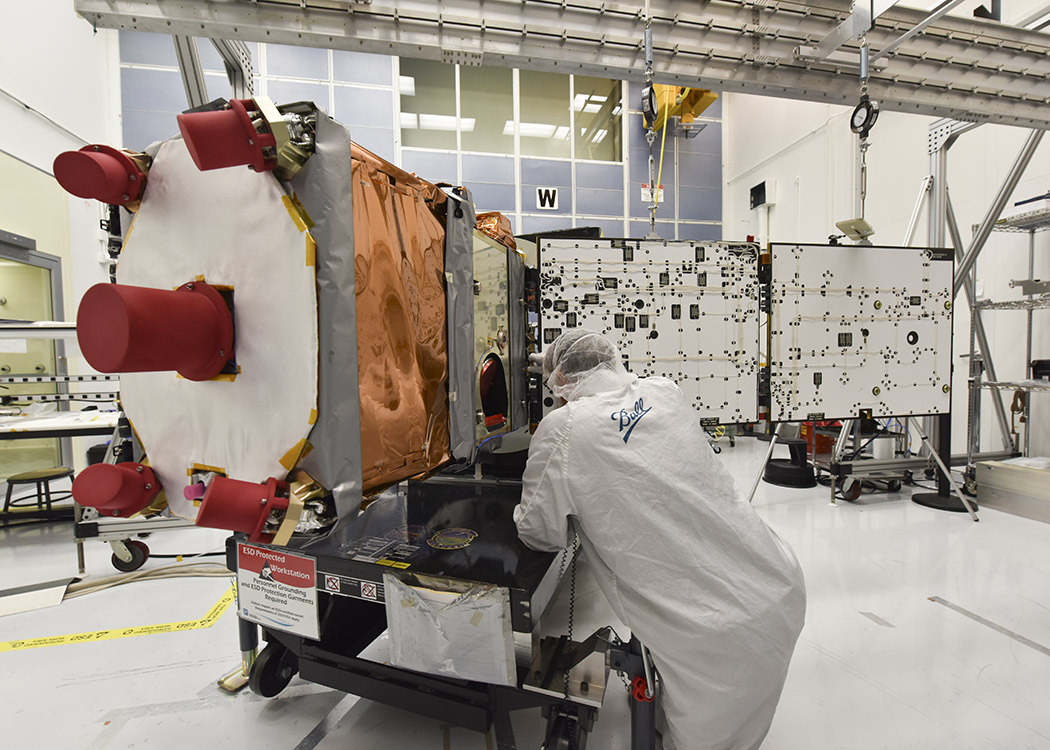
With our partners at Ball Aerospace & Technologies Corp., we’ve also collaborated on the Green Propellant Infusion Mission (GPIM), which will flight test a “green” alternative to the toxic propellant, hydrazine, in 2018. GPIM is the nation’s premier spacecraft demonstration of a new high-performance power and propulsion system — a more environmentally friendly fuel. This technology promises improved performance for future satellites and other space missions by providing for longer mission durations, increased payload mass and simplified pre-launch spacecraft processing, including safer handling and transfer of propellants.
Find out more about our technology demonstrations HERE.
Aircraft Technology
What if you could travel from London to New York in less than 3.5 hours? Our techies’ research into supersonic flight could make that a reality!

Currently, supersonic flight creates a disruptive, loud BOOM, but our goal is to instead create a soft “thump” so that flying at supersonic speeds could be permitted over land in the United States.
We’re conducting a series of flight tests to validate tools and models that will be used for the development of future quiet supersonic aircraft.
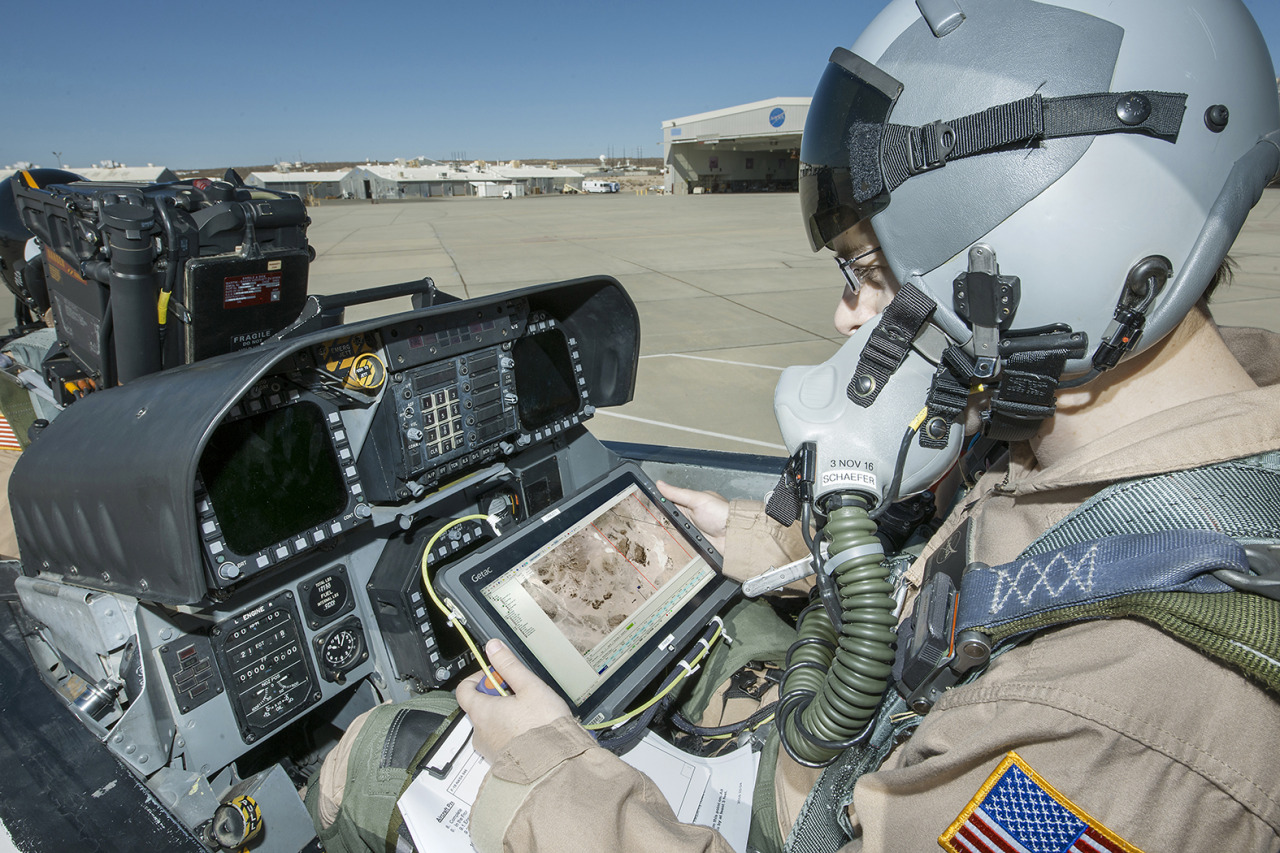
Did you know that with the ability to observe the location of an aircraft’s sonic booms, pilots can better keep the loud percussive sounds from disturbing communities on the ground? This display allows research pilots the ability to physically see their sonic footprint on a map as the boom occurs.
Learn more about our aircraft technology HERE.
Technology Spinoffs
Did you know that some of the technology used in the commercial world was originally developed for NASA? For example, when we were testing parachutes for our Orion spacecraft (which will carry humans into deep space), we needed to capture every millisecond in extreme detail. This would ensure engineers saw and could fix any issues. The problem was,there didn’t exist a camera in the world that could shoot at a high enough frame rate – and store it in the camera’s memory – all while adjusting instantly from complete darkness to full daylight and withstanding the space vacuum, space radiation and water immersion after landing.
Oh…and it had to be small, lightweight, and run on low power. Luckily, techies built exactly what we needed. All these improvements have now been incorporated into the camera which is being used in a variety of non-space industries…including car crash tests, where high resolution camera memory help engineers get the most out of testing to make the cars we drive safer.
Learn about more of our spinoff technologies HERE.
Join Our Techie Team
We’re always looking for passionate and innovative techies to join the NASA team. From student opportunities to open technology competitions, see below for a list of ways to get involved:
NASA Solve is a gateway for everyone to participate in our mission through challenges, prize competition, citizen science and more! Here are a few opportunities:
Vascular Tissue Challenge
The Vascular Tissue Challenge, a NASA Centennial Challenges competition, offers a $500,000 prize to be divided among the first three teams that successfully create thick, metabolically-functional human vascularized organ tissue in a controlled laboratory environment. More information HERE.
For open job opportunities at NASA, visit: https://nasajobs.nasa.gov.
For open internship opportunities at NASA, visit: https://www.nasa.gov/audience/forstudents/stu-intern-current-opps.html
Stay tuned in to the latest NASA techie news, by following @NASA_Technology on Twitter, NASA Technology on Facebook and visiting nasa.gov/technology.
Happy National Techies Day!
Make sure to follow us on Tumblr for your regular dose of space: http://nasa.tumblr.com.
source: nasa.tumblr.com